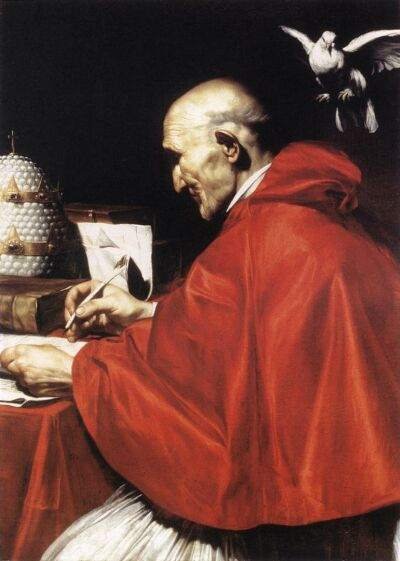Now, I did not want to get into politics in this blog. This blog is about healing division, not fomenting it. But my friend has got me upset about the issue of this HHS contraception mandate — she liberal and not understanding the Catholic position, I standing the ground of my Church. I wanted to …
Continue reading “Paternalism, Employer Healthcare, and the HHS Mandate”


